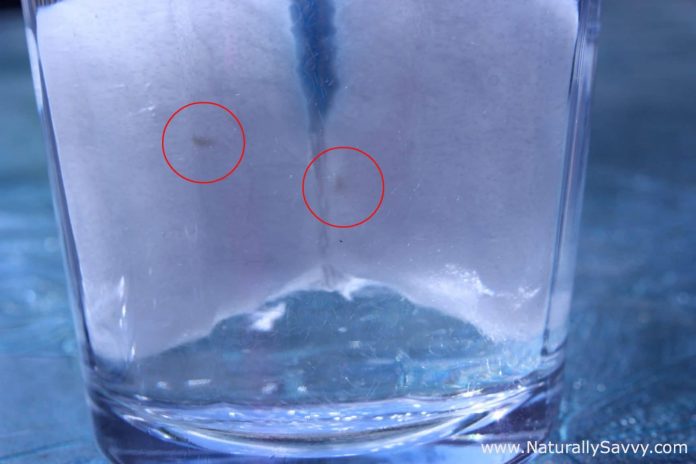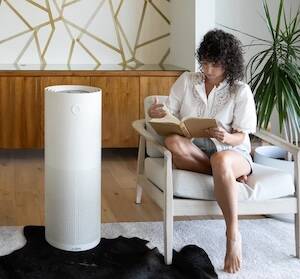
I recently started a petition, along with my Naturally Savvy team, telling Procter & Gamble to disclose what's in their feminine hygiene products. As consumers, we’re in the dark about what’s in our sanitary pads and tampons, largely because they’re considered a medical device, and as a result, the ingredients don’t have to be listed.

While we’re not entirely sure of the ingredients, we can be confident that conventional tampons are made with conventional cotton, the most pesticide-laden crop in the world.
Sign our petition! Tell Procter & Gamble to Fully Disclose the Ingredients in your Tampons and Pads
We also know that conventional tampons are made with a blend of rayon and cotton. Rayon is a cellulose fiber made from wood pulp and when it's bleached, as it is in tampons, a byproduct called dioxin is released. According to the EPA, dioxin exposure causes cancer in lab animals and poses a high risk to humans as well. Organic tampons, on the other hand, are made of pure, organic cotton–no pesticide residue and no rayon.
Read more about dioxins and feminine hygiene
So I decided to put tampons to the test. While this isn’t a scientifically controlled experiment, it highlights the discernible differences between the two tampons.
I took two brands of tampons, O.B,. made with a cotton-rayon blend, and Natracare, made with 100 percent organic cotton. I put them both into reverse osmosis, triple filtered water and left them on the table overnight. In the morning, I looked closely at each tampon.
Here are my observations:
1.The O.B. tampon shed its fibers, while the Natracare organic cotton tampon did not.
2.After soaking in the water overnight, the O.B. tampon had two spots on it that were not there the night before. I believe they were mold, but of course, I can’t be 100 percent sure. The Natracare organic cotton tampon had nothing. It looked exactly the same as it did the night before.
3. They both absorbed a great deal of liquid (I used a super Natracare tampon and a regular O.B. tampon so that accounts for the difference in size). Please note the purpose of this experiment wasn't to see which tampon absorbed more liquid, as the FDA has strict guidelines pertaining to absorbecy for all tampons, organic and conventional. Rather, it was to observe what happens to them once they are submerged into liquid.Read more about the hidden ingredients in feminine hygiene products
Below are the pictures I took throughout my experiment:

Image above: This is at the onset of my experiment. Natracare organic tampon is pictured on the left and O.B. tampon is pictured on the right. Note the blue dye on the O.B. string. Part of that string is inserted into the vagina with each use. While none of the blue dye leaked into the water (as far as I could see), that doesn’t mean we aren’t absorbing chemicals from the dye into our bodies.

Image above: In this image, the O.B. tampon is on the right, and the Natracare tampon is on the left. I took this image about 2 hours into the experiment. Notice the fibers shedding at the bottom of the O.B. tampon.

Image above: Here is a close-up of the O.B. tampon starting to shed its fibers about 2 hours into the experiment.

Image above: I took this picture the next morning after leaving both the O.B. and Natracare tampons in water overnight. Notice the marks on the left and right side, and the rayon fibers shedding from the bottom of the tampon and at the bottom of the glass.
Conclusion: Would the rayon fibers release into our system? I don’t know for sure, but I do know that because I have the choice, I prefer to use a tampon that holds its form. Considering we use tampons and/or pads for approximately 2,100 days of our lives, I highly recommend using a 100 percent organic cotton brand. Especially since we put these into and onto our bodies every month, so why take the chance? Even though companies and the FDA assert they are safe, I still believe there is no reason to take a chance, especially when the ingredients don’t have to be disclosed.
For more information on tampons and pads, check out our FREE e-book, Label Lessons: Your Guide to a Healthy Shopper Cart.










